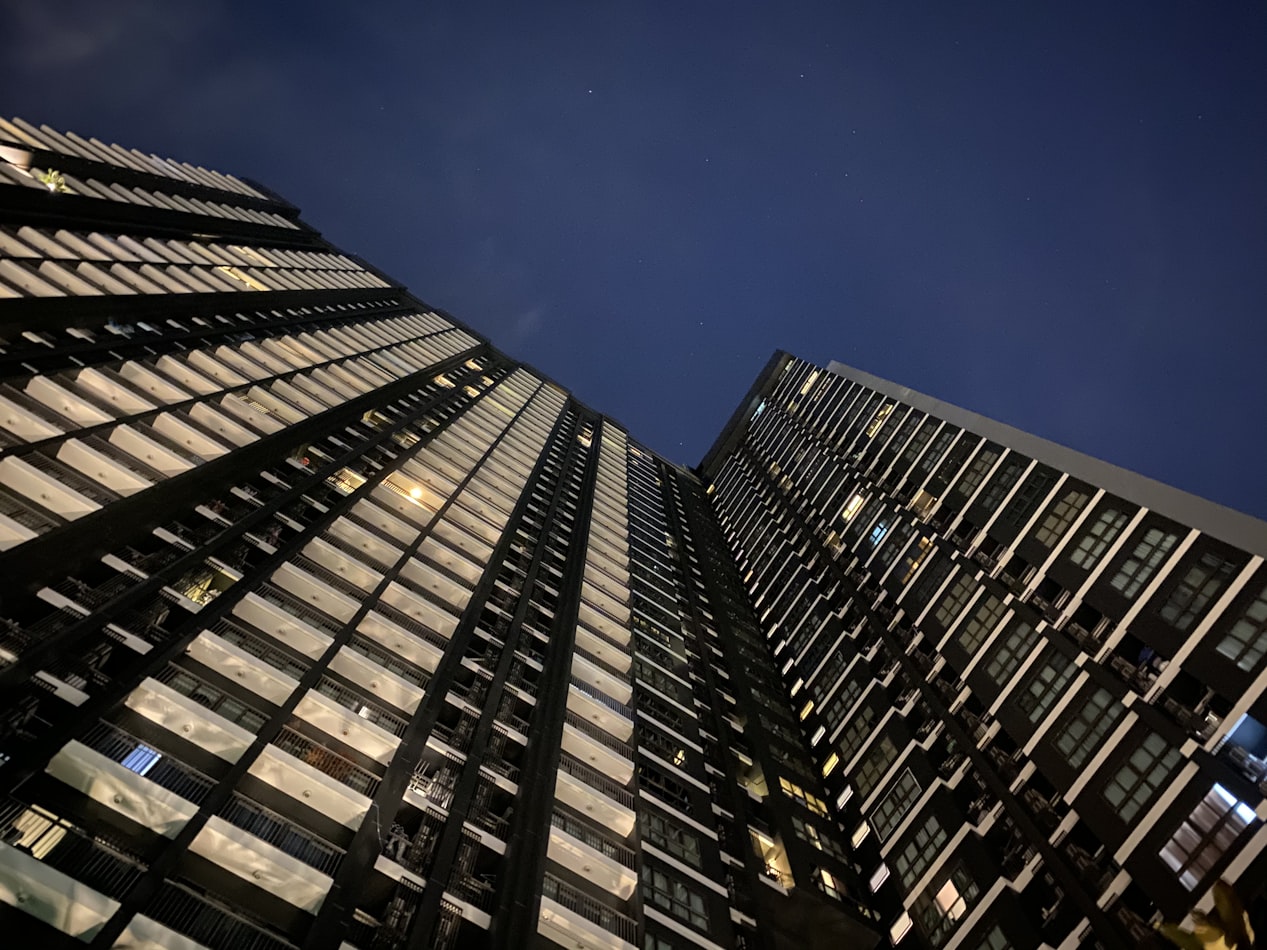Artists can be pivotal players in creating positive changes in neighborhoods, according to a new study from Rice University’s Kinder Institute for Urban Research.
Photo by Mike Petrucci on Unsplash
The study offers lessons on how artists and urban planners working together can address people’s concerns not only about how neighborhoods are changing, but also about offering everyone equal access to the arts.
The report authored by Grant Patterson, a former Kinder Institute researcher, is entitled “Artist-planner collaborations: Lessons learned from the arts and culture ecosystems of three Sun Belt cities for a new model of inclusive planning.”
Houston, San Antonio and Denver served as case studies. Those cities were chosen because of their similar economies, population growth and diversity as well as emerging discussions around planning, resilience and economic development. After reviewing planning documents and interviewing key stakeholders, the authors emerged with a number of insights about how collaboration between artists and planners can improve cities.
First, artists can and should be active participants in the planning process in their own neighborhoods, the report read. Of course, not all neighborhoods have active artists or arts organizations, so the authors suggest cities should develop programming to locate and develop creative talent and help those artists determine the best ways to have a positive impact on their communities.
One way artists can impact neighborhoods is by working with social service providers to expand into the cultural sphere, said Kyle Shelton, director of strategic partnerships at the Kinder Institute.
“Fostering the intersection of arts and culture programming with community development can help deepen social engagement,” he said. “It can also foster continuous dialogue between residents and the organizations that serve them, helping the organizations ensure their approaches match community need.”
Artists and cultural organizations should also get involved in advisory functions, shaping action plans and community engagement, the report said. Arts and culture must be included with other traditional planning topics such as economic development and transportation, the study said. Artists and creative industry workers should lead the engagement process from start to end to promote honest and inclusive participation.
The report suggests that events like cultural festivals and other arts activities can bring community members together to tell stories and share wisdom about their neighborhoods. This feedback provides more inclusive and honest insight into the things residents value most, which can shape ideas for the future.
“Because ideas are being generated in activities that center around community celebration and togetherness, rather than formal processes led by outside technicians, the conversations could be more candid, insightful and complete,” the report read.
The report is available online at https://kinder.rice.edu.








